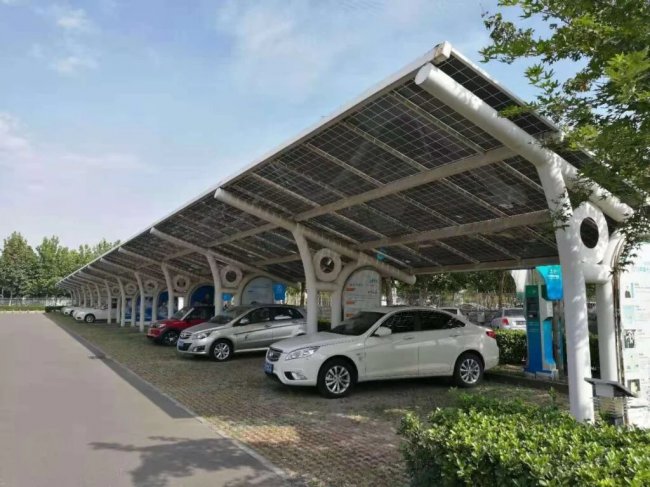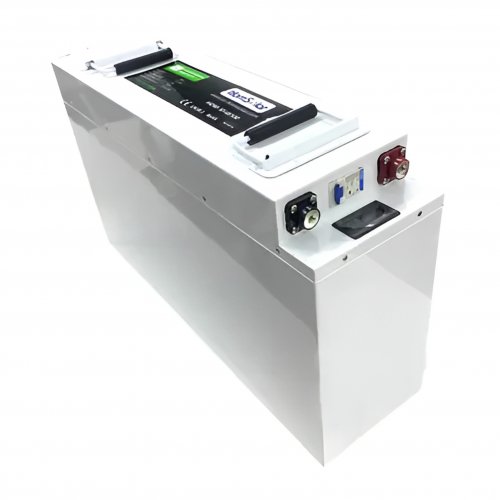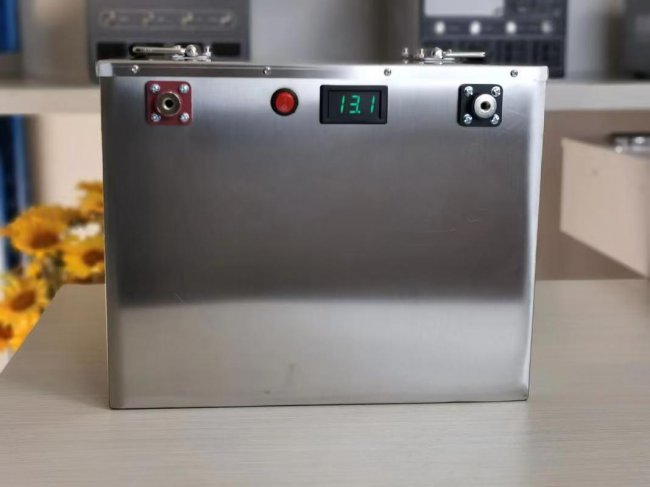Advances In Synthesis Methods: Recent Breakthroughs And Future Directions
Synthesis methods lie at the heart of materials science, chemistry, and nanotechnology, enabling the creation of novel materials with tailored properties. Recent advancements in synthetic techniques have revolutionized the precision, efficiency, and scalability of material fabrication. This article highlights key breakthroughs in synthesis methods, including mechanochemical synthesis, bio-inspired approaches, and artificial intelligence (AI)-guided design, while discussing their implications for future research. Mechanochemical synthesis has emerged as a sustainable alternative to traditional solvent-based methods, reducing waste and energy consumption. This technique relies on mechanical forces to drive chemical reactions, often yielding products with unique morphologies and enhanced properties. A notable breakthrough is the synthesis of porous covalent organic frameworks (COFs) via ball milling, achieving high crystallinity without solvents (James et al., 2022). Additionally, mechanochemistry has been applied to pharmaceutical synthesis, enabling the production of drug cocrystals with improved bioavailability (Tanaka et al., 2023).
Despite its advantages, challenges remain in scaling up mechanochemical processes and controlling reaction kinetics. Future research aims to integrate real-time monitoring techniques, such as in-situ X-ray diffraction, to optimize reaction conditions (Friščić et al., 2023).
Nature-inspired synthesis methods leverage biological templates or enzymatic processes to create complex structures with high precision. For instance, researchers have developed DNA origami-guided nanoparticle assemblies, enabling the fabrication of plasmonic metamaterials with unprecedented optical properties (Kuzyk et al., 2023). Similarly, enzyme-mediated polymerization has been used to synthesize biodegradable polymers under mild conditions, offering a sustainable alternative to petroleum-based plastics (Zhao et al., 2023).Recent work has also explored hybrid bio-inorganic systems, such as bacterial-assisted synthesis of quantum dots, which exhibit tunable emission properties for optoelectronic applications (Li et al., 2023). However, reproducibility and scalability remain hurdles. Future directions include engineering robust biocatalysts and automating biohybrid synthesis platforms.
Artificial intelligence (AI) and machine learning (ML) are transforming materials synthesis by predicting optimal reaction pathways and identifying novel compounds. For example, generative adversarial networks (GANs) have been employed to design metal-organic frameworks (MOFs) with targeted porosity and gas adsorption properties (Jablonka et al., 2023). Autonomous robotic systems, coupled with AI, have also enabled high-throughput experimentation, drastically reducing the time required for catalyst optimization (Burger et al., 2023).A major challenge lies in the scarcity of high-quality training data for ML models. Efforts are underway to establish open-access databases and standardized protocols for synthesis data (Schwaller et al., 2023). Future advancements may involve integrating quantum computing to simulate complex reaction dynamics, further accelerating discovery.
The convergence of mechanochemical, bio-inspired, and AI-driven synthesis methods holds immense potential for addressing global challenges in energy, healthcare, and sustainability. Key priorities include: 1. Green Chemistry: Developing solvent-free and energy-efficient processes. 2. Precision Engineering: Achieving atomic-level control over material architectures. 3. Scalability: Bridging the gap between lab-scale innovations and industrial production.Collaborative efforts between academia and industry will be critical to translating these advancements into real-world applications. As synthesis methods continue to evolve, they will unlock new frontiers in material design and functionalization.
This article underscores the transformative potential of modern synthesis methods, paving the way for next-generation materials and technologies.
Customized/OEM/ODM Service
HomSolar Supports Lifepo4 battery pack customization/OEM/ODM service, welcome to contact us and tell us your needs.


HomSolar: Your One-stop LiFePO4 Battery Pack & ESS Solution Manufacturer
Our line of LiFePO4 (LFP) batteries offer a solution to demanding applications that require a lighter weight, longer life, and higher capacity battery. Features include advanced battery management systems (BMS), Bluetooth® communication and active intelligent monitoring.

Customised Lithium Iron Phosphate Battery Casing
ABS plastic housing, aluminium housing, stainless steel housing and iron housing are available, and can also be designed and customised according to your needs.

HomSolar Smart BMS
Intelligent Battery Management System for HomSolar Energy Storage System. Bluetooth, temperature sensor, LCD display, CAN interface, UART interface also available.


Terminals & Plugs Can Be Customized
A wide range of terminals and plugs can be customised to suit the application needs of your battery products.

Well-designed Solutions for Energy Storage Systems
We will design the perfect energy storage system solution according to your needs, so that you can easily solve the specific industry applications of battery products.



About Our Battery Cells
Our energy storage system products use brand new grade A LiFePO4 cells with a battery lifespan of more than 4,000 charge/discharge cycles.



Applications in Different Industries
We supply customized & OEM battery pack, assemble cells with wiring, fuse and plastic cover, all the cell wires connected to PCB plug or built BMS.
Applications: E-bike, Electric Scooter, Golf Carts, RV, Electric Wheelchair, Electric Tools, Robot Cleaner, Robot Sweeper, Solar Energy Storage System, Emergency Light, Solar Power Light, Medical Equipment, UPS Backup Power Supply.
We can provide you with customized services. We have the ability to provide a vertical supply chain, from single cells to pack/module and to a complete power solution with BMS, etc.


HomSolar (Shenzhen) Technology Co., Ltd
























